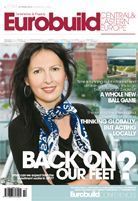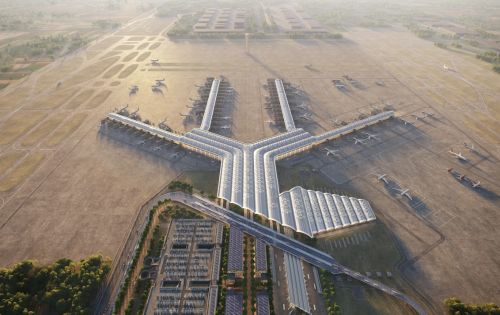Airport hotels are getting ready to celebrate the return of the business traveller, with higher rates and occupancy levels, as well as an expected increase in investor activity. But are CEE cities the exception?Mladen PetrovThese days Warsaw’s Chopin Airport resembles a large construction site due to ongoing extension and infrastructural work. Earlier this year a competition was held to choose the design for the urban concept of Chopin Airport City, which is to be built in the area around the airport, with the winning entry by JEMS Architekci. The plan is to turn this area into a business and retail park with leisure and entertainment facilities. Around 10-ha of the land is to be developed, eventually bringing as much as 250,000 sqm of retail and office space to the capital’s Okęcie district. Once the airport is expanded it will be able to service up to 12.5 mln passengers by 2014. 
In 2009 the airport serviced 8.3 mln passengers – down from 9.4 mln in 2008. Ov






























































